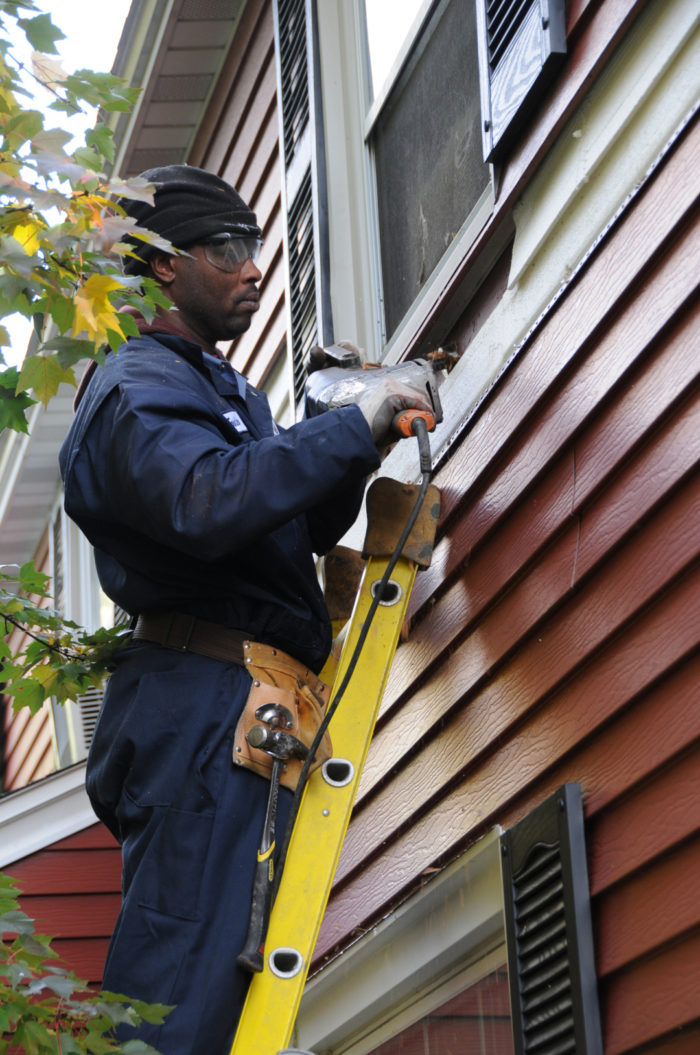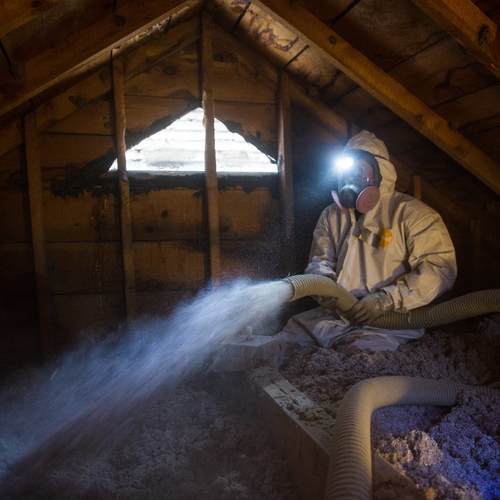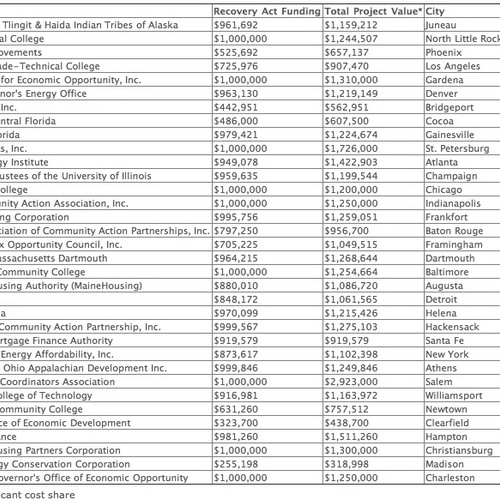
Image Credit: Weatherization Assistance Program Technical Assistance Center
On February 17, 2009, President Obama signed the American Recovery and Reinvestment Act (ARRA), sometimes referred to as the “Obama stimulus funding.” Among the bill’s many provisions was a $5 billion allocation over three years to the Weatherization Assistance Program. Since the U.S. Department of Energy (DOE) has historically funded the weatherization program at between $210 million and $230 million per year, the $1.6-billion-per-year stimulus funding was a sevenfold increase over the usual funding level.
The federal weatherization program is now 37 years old. The program pays for weatherization specialists to perform air sealing work, to add insulation, to seal leaky duct seams, and to replace inefficient appliances in the homes of low-income Americans. The services are provided at no charge to recipients. The weatherization program is administered by state employees; in most states, however, the actual weatherization work is performed by employees of local nonprofit groups known as community action agencies.
The weatherization program has an excellent track record. Studies have shown that every dollar spent on weatherization yields about $2.69 in energy savings and other benefits.
The massive increase in federal weatherization spending received widespread attention in the press, including here at GBA. (GBA has written at least 30 news articles on the effects of the ARRA funding on the weatherization program; links are provided in the “Related Articles” box below.) But the national media have mostly neglected a more recent news story: in the years since the ARRA funds ran out, weatherization funding has fallen off a cliff.
By now, the program is in worse financial straits than it would have been if the stimulus funds had never been allocated. DOE funding for weatherization has plummeted to $62 million a year — less than a third of pre-ARRA funding.
“A budget-cutting mentality”
According to Bob Scott, the director of energy services at the National Association…
Weekly Newsletter
Get building science and energy efficiency advice, plus special offers, in your inbox.

This article is only available to GBA Prime Members
Sign up for a free trial and get instant access to this article as well as GBA’s complete library of premium articles and construction details.
Start Free TrialAlready a member? Log in















2 Comments
Canada is no better
Canada has no weatherization policy and our energy policy is a joke.
The Harper government's mantra is "cut, cut, cut" unless it applies to big business then it is "give, give, give"
The best lobbyist..
"These days, thoughtful voices advocating a national energy policy are unlikely to find a sympathetic ear in Congress. Lobbyists appear to have the upper hand." The most effective lobbyist -- are the members of the lawmakers home district (city, state or federal) with a clear simple letter, phone call, e-mail or town hall meeting; explaining that you value these programs and are unhappy with the current reductions. If enough people make their voices known - they change their positions. If they dig in - they lose at the next election.
But be prepared to answer the first question they will ask you -- which will be "what would you give up?" If I'm torqued off enough with them -- my answer is your pay raises....
Log in or become a member to post a comment.
Sign up Log in